Menu
Trees are majestic entities that provide many ecological benefits, adding beauty and vitality to our surroundings. Besides their magnificent presence, there’s an underlying problem: hazardous limbs. These precarious branches pose property and personal safety risks, especially during storms or high winds. Driscoll Tree Service is a professional tree care company that can help you recognize and address hazardous limbs. Let’s explore hazard limbs and how to identify and deal with them effectively.
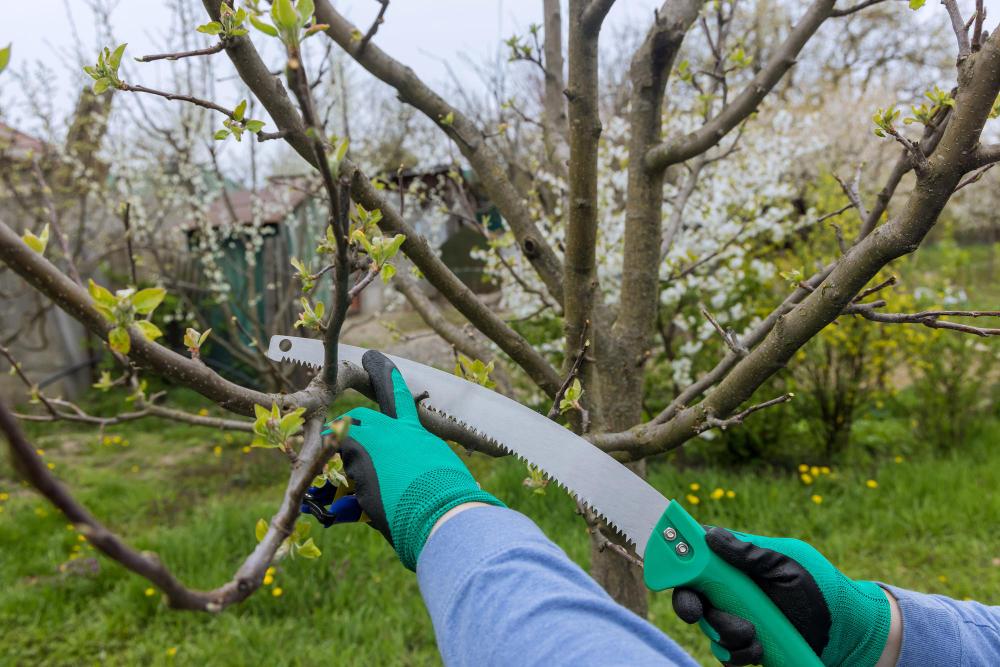
Homeowners need to understand hazardous limbs for effective tree management and risk mitigation. These risky branches often show signs of weakness, decay, or structural instability, posing significant property and personal safety hazards. Call a trusted tree service immediately if you notice deadwood, cracks, weak attachments, decay, and unusual leaning.
Certified arborists leverage extensive expertise to ensure early identification of potential risks and effective mitigation strategies. Property owners can also proactively address hazardous limbs before they escalate into dangerous situations. Engaging tree service experts for thorough assessments ensures accurate identification and proper action, protecting the integrity and safety of trees and their surroundings.
Once you detect hazardous limbs, ignoring the problem may cause further damage and premature tree removal projects. It is advisable to address the problem quickly to mitigate risks. Here’s how to deal with hazard limbs effectively.
As mentioned, time is of the essence when dealing with hazardous limbs. Engage certified arborists to conduct thorough assessments. These professionals have the expertise to ensure the accurate identification of hazardous limbs and recommend effective solutions like tree trimming.
Another effective way to deal with hazardous trees is through targeted tree pruning of dangerous limbs. This is often the most effective solution and should be handled by a reputable tree care company. This involves removing dead, diseased, or structurally compromised branches to reduce risk. Proper tree pruning techniques, such as making clean cuts outside the branch collar, promote healing and minimize damage.
Where tree trimming is not practical, arborists can recommend bracing and cabling to provide structural support to weak limbs. This technique involves installing cables or braces to redistribute stress and strengthen branch attachments, enhancing overall stability.

Tree removal may be necessary when hazardous limbs pose severe risks or cannot be salvaged through pruning or bracing. Professional tree service providers ensure safe and efficient removal, minimizing hazards to property and bystanders.
Implement a routine inspection schedule to monitor tree health and identify potential hazards early. Regular inspections enable proactive maintenance and timely intervention, reducing the likelihood of hazardous limb incidents.
Last, preventive measures should be adopted to promote tree health and resilience. This can include proper watering, mulching, and fertilization, which fosters vigorous growth and strengthens branch structure, minimizing the occurrence of hazardous limbs.
Hazardous limbs in trees pose significant risks to property and personal safety, but with vigilant identification and proper action, these risks can be mitigated. By understanding common indicators of hazardous limbs and enlisting professional expertise for assessments and maintenance, you can ensure the safety and longevity of your trees. Contact us at Driscoll Tree Service and schedule a consultation with our experts to preserve the beauty and benefits trees provide to the environment.
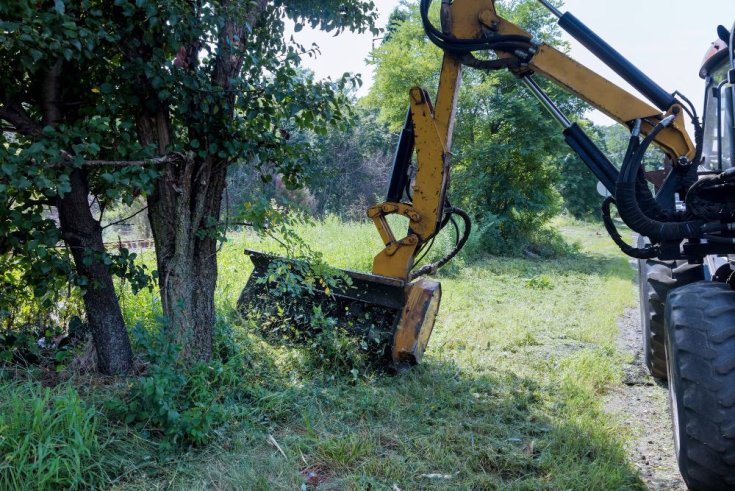
Common Land Clearing Mistakes You Should Avoid Land clearing is an essential step in many residential and commercial development projects, whether building new infrastructure, expanding urban areas, or creating agricultural fields. However, the land-clearing process can be overwhelming, increasing the…
Read More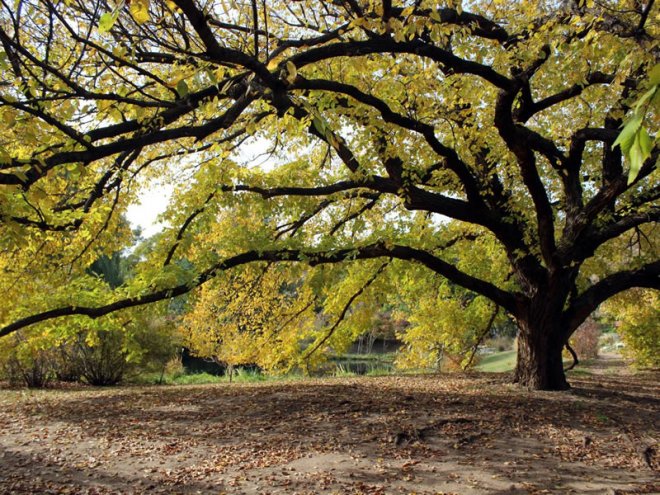
2022 Annual Tree Inspection Tips Most people don't think about trees until there's a problem. But just like your car or your roof, trees need regular maintenance to stay healthy and function properly. That's why an annual tree inspection service…
Read More
Fall Lawn and Landscape Care Tips As the vibrant colors of summer fade and fall begin to take over, it's essential to focus on lawn and landscape care. Fall is crucial for yard care as you prepare for the colder…
Read More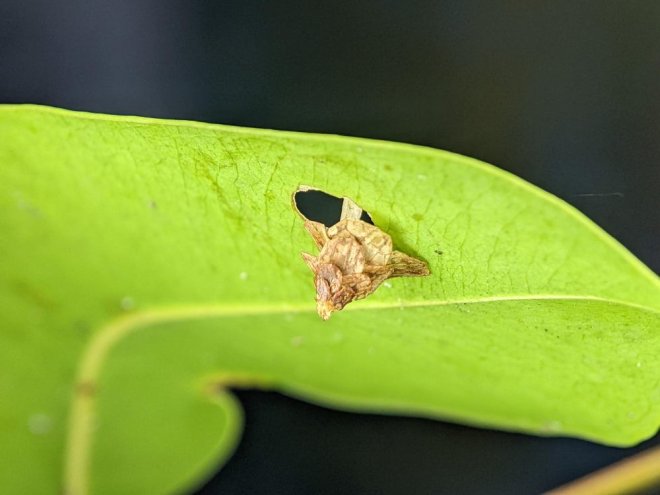
The Hidden Dangers of Bagworms Bagworms are a type of moth larvae that can wreak havoc on trees and shrubs, causing severe damage and premature tree removal projects. Despite their small size and discreet appearance, these pests pose hidden dangers…
Read More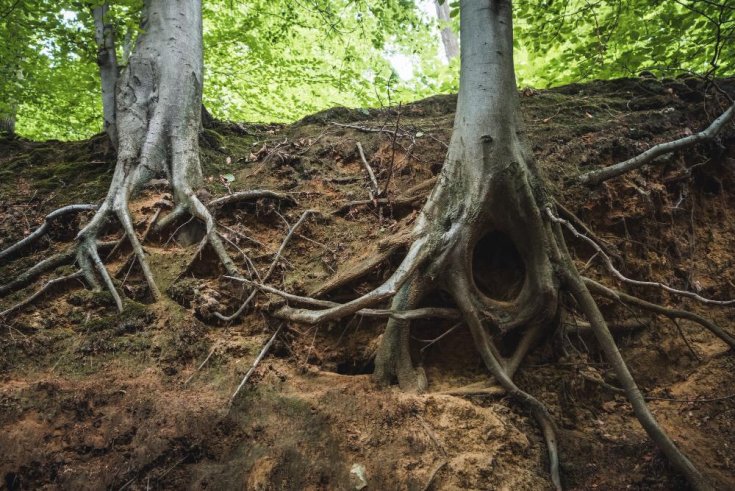
Understanding Root Rot Treatment for Trees Roots are vital for the growth and overall well-being of trees. Since roots spread throughout your backyard, it's difficult to detect signs of damage. A common culprit to look out for is root rot,…
Read More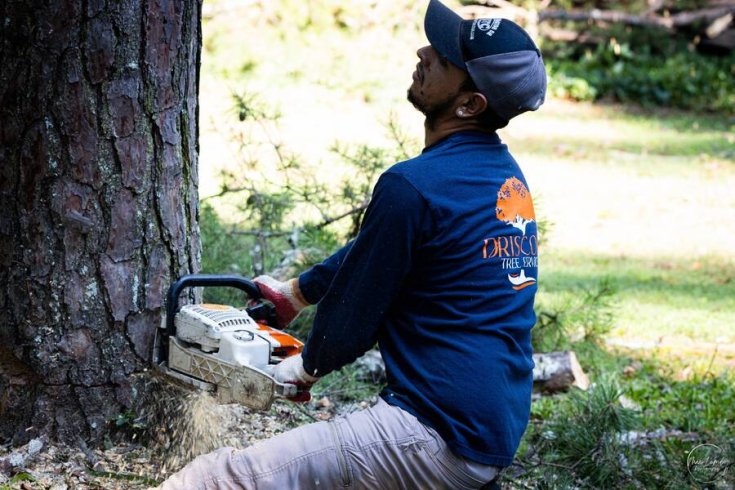
How Much Does It Cost to Remove a Tree? For starters, tree removal should be left to the professionals, whether the tree is big or small. A DIY approach may seem like a way to save money, but we don’t…
Read More
Why My Trees Look Bad Trees are alive and need regular care. Like most living things, they can get injuries or diseases. While it is not always easy to identify signs of infection or infestation in trees, you may have…
Read More
Can You Cut Your Neighbor’s Overhanging Tree Branches? Neighborly conflicts are common among many homeowners, the most common being trees or branches hanging from the neighboring yard. If you’ve asked your neighbor to remove the branches with no luck or…
Read More
Fescue vs. Bermuda Grass Do you have dry patches on your lawn? Before reseeding, it is advisable to familiarize yourself with different grasses, like fescue and Bermuda. Although these grasses grow on lawns across the country, knowing the differences can…
Read More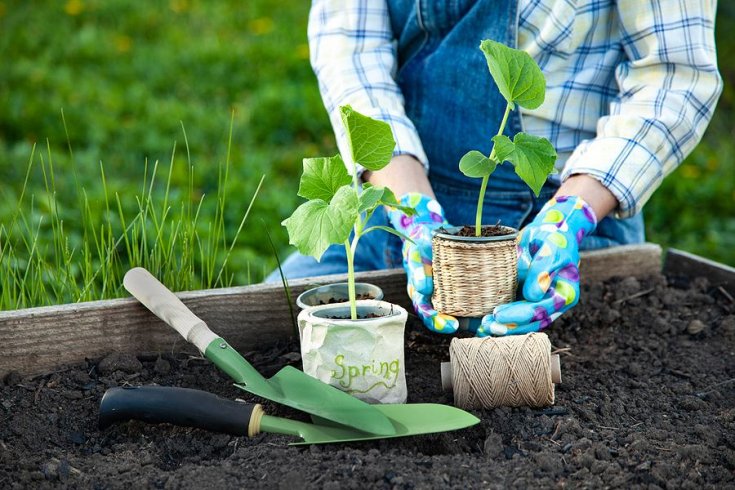
Do's and Don'ts of Tree Planting As winter approaches and the rains approach, it is an excellent time for tree planting. Trees are a valuable addition to any landscape; like other living things, they need regular maintenance and care. At…
Read More